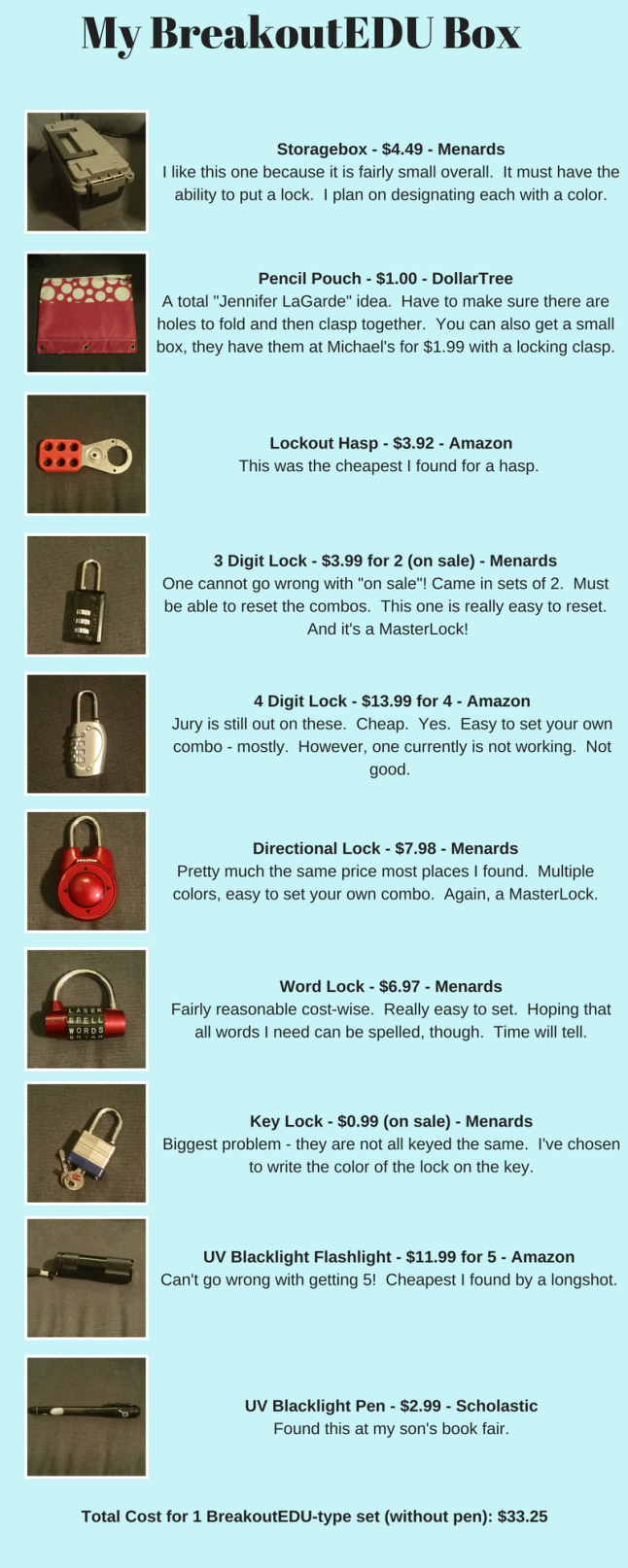**This was originally published on my school library site blog – http://wchslc.weebly.com/blog/how-to-prepare-for-real-life-keeping-track-of-your-history
I wrote this to help my students prep for the “real world” with advice that they may not have been told…. **
“Keeping Track of Your History.”
Why do I call it this? Well, it is because I have a big recommendation for students. This actually came about after a discussion with one of my students. She is prepping for college, and planning on becoming a teacher, and was asking some advice. And so I told her what I have done.
Keep a list, file, document, etc. Keep it in a place you will always have access to it: personal email storage like google drive (NOT your school one! I’ll explain why in a moment), or a document storage site such as dropbox.
There’s a reason I suggest this. Number 1 – you will want to always have access to it, be able to expand it, add more, etc. Number 2 – if you use your school storage, you might likely lose access to it when you leave/graduate. It is better to keep it to a personal email drive/document storage space.
Now, this document should have all kinds of information. Now, I’m not meaning things like social security number, but other important things. This document, which should be considered a living document as it expands as time goes on, should come in handy any time you are applying for a job. I have kept the document I use for many years now. And it has been a lifesaver when it came to completing applications. So you are aware – this list of information that I’m recommending is not all you can put. It is just what I have found to have needed over the years. I no longer had to wrack my brain at 25 or 30+ years old to recall something that I needed from high school. And yes, there are places occasionally where they want your WHOLE history. It’s crazy but I have completed those applications before. So, without further ado, here is information I recommend you have on this document:
Current and former addresses: Yes, I would recommend even from childhood. If you moved around a lot, like I did in my early 20’s, it can be hard to recall information about a place you lived at when you were 10. Having a list of former addresses will help you greatly. Now, will everyone require your addresses from childhood? No. But you never know and better safe than sorry.
Employment History: Yes, this is huge. Like addresses, who can recall what you did when you were 16? I recommend the following information to keep in this document:
- Company name, address, and phone number
- dates worked (at least month and year)
- starting and ending salary (if different)
- supervisors name
- job title
- responsibilities
High School GPA/Activities/Honors: Yes, this is more applicable when you complete high school, but the activities part you can start now. Make sure you list any and all activities you were a part of, as well as any officer/leadership roles you held (and responsibilities of those roles if necessary).
College GPA/Activities/Honors/Credit Hours in Major and Minor: This is obviously for those who are college-bound, but even if you just take a few credits at the local community college, keep track of that! You never know when you might need that info. You can update it each semester, or when you complete your studies. It is also helpful if you transfer schools to have this information for each school.
Activities/Memberships Outside School: This is another one of those that you may not need right away, but you might. Make sure you have the organization, dates of membership, any leadership positions you may have held and dates for that, and any other contributions you may have done or any awards or honors you may have been awarded.
If you were a Boy Scout, for example, and earned your Eagle, you would want to keep that info handy, such as when earned, project, date completed, etc. I’ve been a member of a number of community bands during the last 20 years, and so I have a record of what band I was in, what instrument I played (I play several), and directors.
This also goes for any organizations that may pertain to your career, such as a union membership, a society that focuses on your career, etc. Again, for example, I am a member of the American Association of School Librarians, and have received a scholarship from them. I have all of that noted.
Anything Else YOU Feel Is Important: Because I am not you, and I do not know what else you might need, add what you think you need to add! As an educator, I have seen a number of the same questions on applications. I have kept those responses I gave for them! I fine tune them over time, of course, add and edit where I need, but I have that collection of questions handy. Why reinvent the wheel for the EXACT SAME QUESTION? You might want to add references including their contact info and how you know them, as well as how long, or special skills you may have (I have a lot of tech ones). That part is really up to you. The more info you save, the less you have to think about and try to recall later on!
I truly mean it, this has been a huge benefit for me when I was job hunting. I’ve filled out probably hundred or so applications by this point in my life, and no two are ever quite the same. But, having this information handy has made life a lot easier. Start your document today, while things are fresh in your mind!






 I wanted to write a little thought to this article:
I wanted to write a little thought to this article: